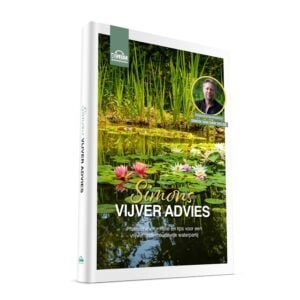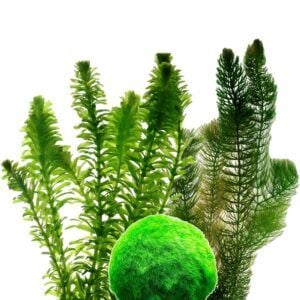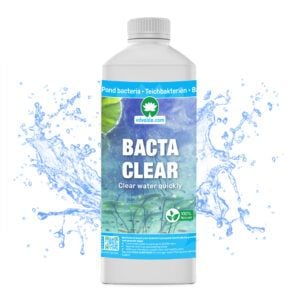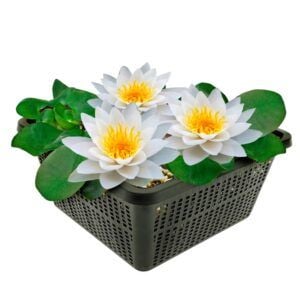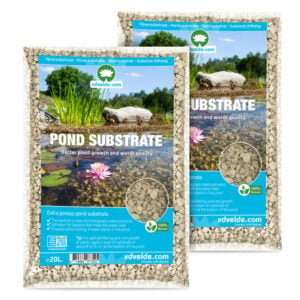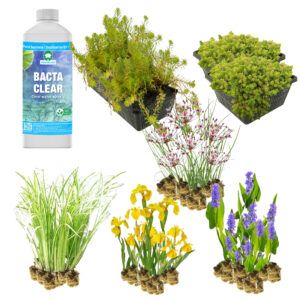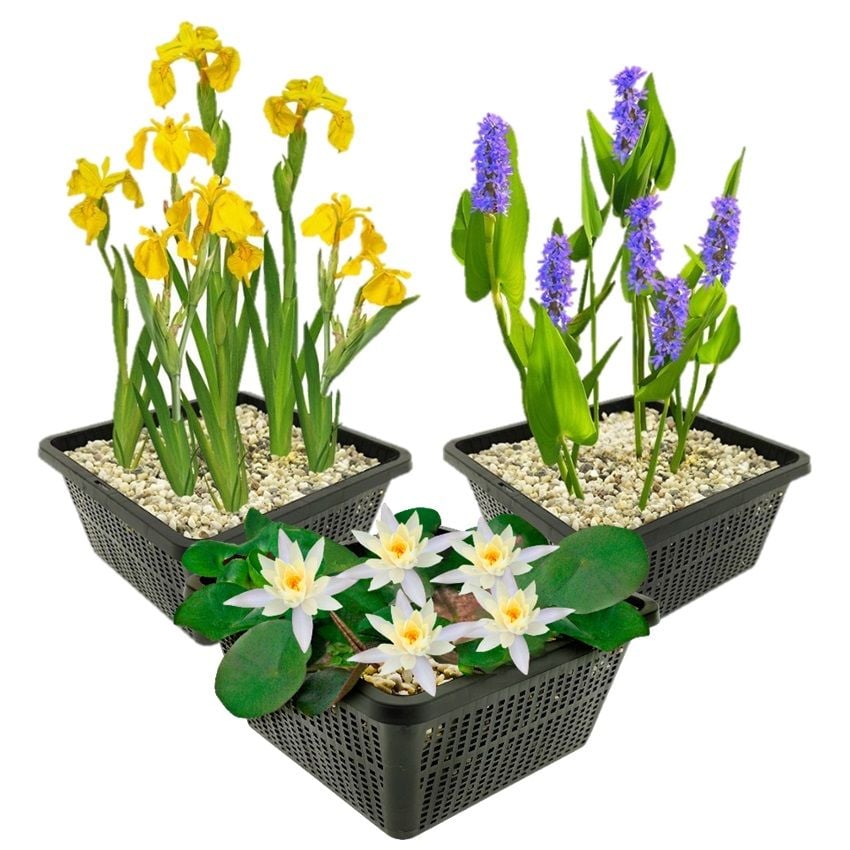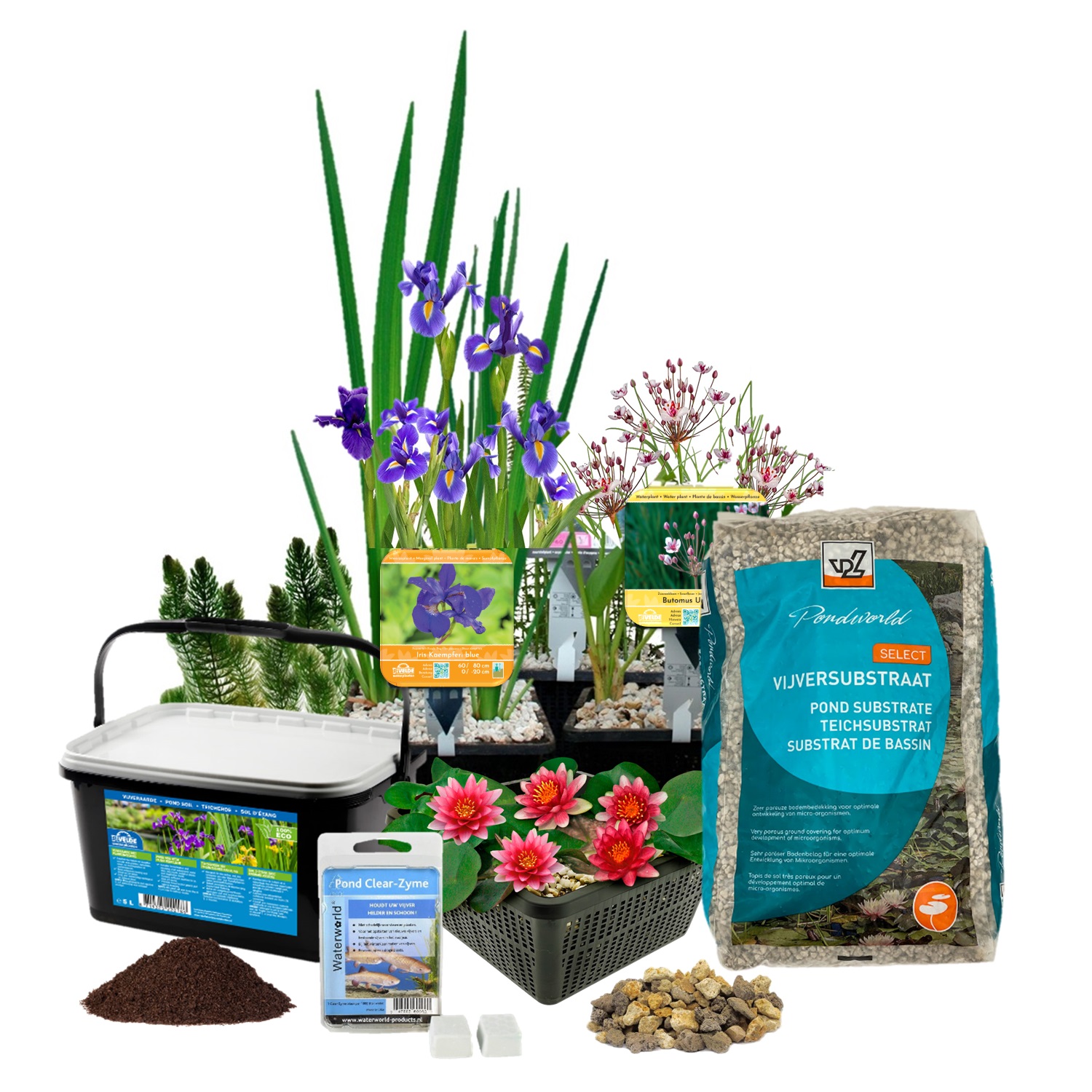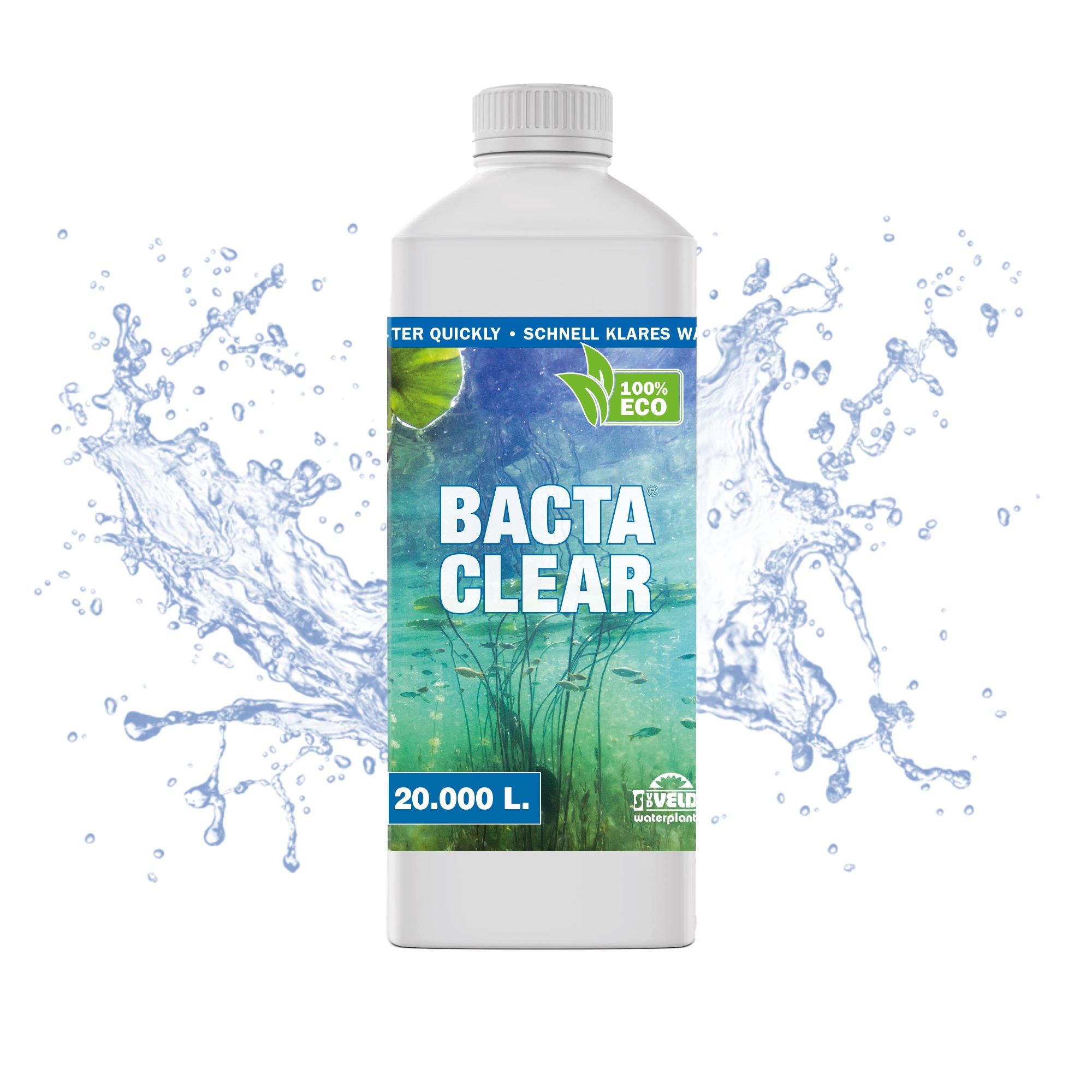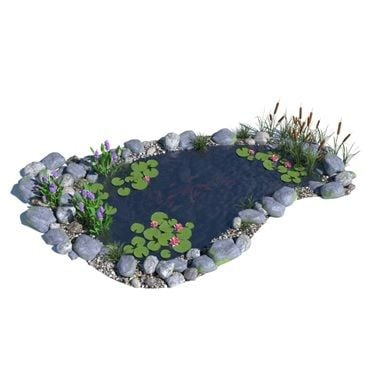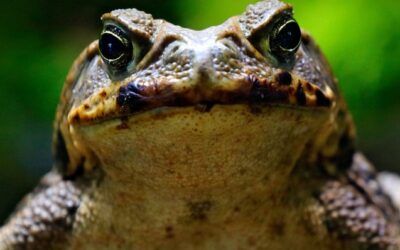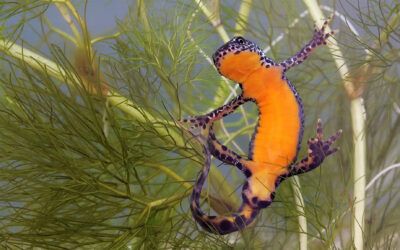
I hope you enjoy reading this blog.
Damselflies, Coenagrionidae: Order of the dragonfly family
Damselflies, Coenagrionidae, are winged insects belonging to the dragonfly family of which there are 1143 different species.
All about damselflies
Damselflies are a subgroup of the insect order Odonata, which includes dragonflies. They are typically smaller and more fragile than dragonflies and usually have their wings folded along the body when at rest. Damselflies are found at various bodies of water such as ponds, streams and marshes. Damselflies have four wings that are usually held along the body when at rest. They can be different colors, including blue, green, and even red or orange. They are generally smaller than dragonflies, often around 20-50 mm in length. The life of a damselfly begins as an egg, usually deposited on plants in or near water. After hatching, the damselfly transforms through several larval stages, feeding on other small aquatic organisms. Once fully grown, the larva leaves the water and undergoes metamorphosis into an adult damselfly.

Tips, advice and substantial savings
The ideal pond for the damselfly in the Netherlands
The ideal pond to attract damselflies is an interplay of several elements that are beneficial to both the damselflies themselves and the insects they hunt. The pond should ideally have a shallow area of clear, still water, with a maximum depth of about 120 cm and an area varying between 5 and 10 square meters. A gradual drain is desirable to allow other aquatic animals such as frogs easy access to the water. What makes this pond unique is the wide range of aquatic plants, with a focus on colorful, nectar-rich riparian plants. These attract various insect species, such as bees and butterflies, which then serve as food for the damselflies. Oxygen plants are also a valuable addition, as they improve water quality. To further optimize the habitat, it is recommended to create additional hiding places through floating materials, additional plant growth and rocks. However, it is not recommended to add pond fish, as they may eat the smaller insects that would otherwise serve as food for the damselflies.
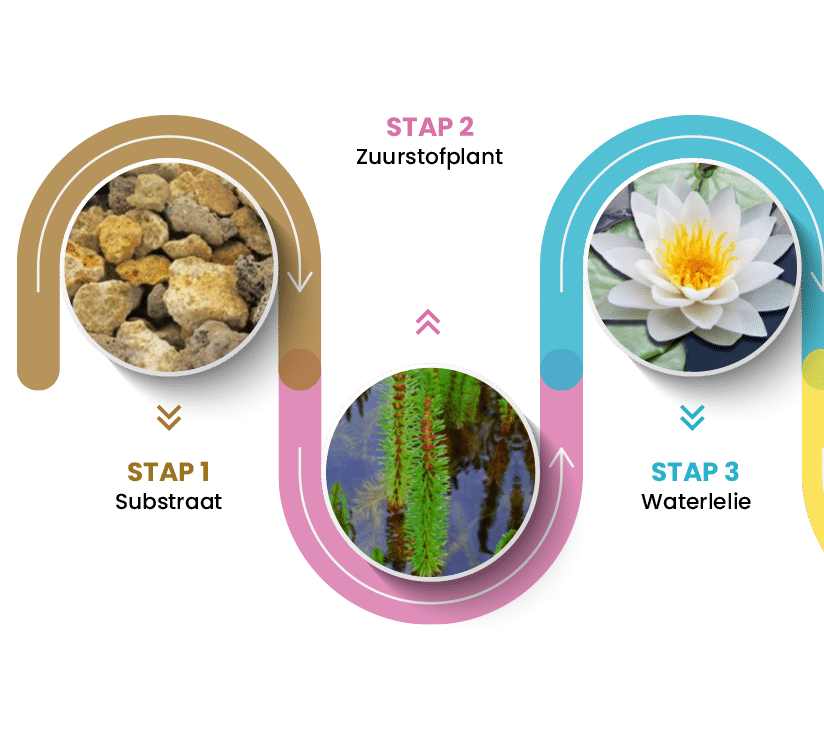
Want a naturally clear pond?
A beautiful pond is easier than you think.
How do damselflies overwinter in the pond?
Damselflies usually overwinter in the larval stage. After laying eggs in or near the water, they develop into larvae that go through several stages before becoming adults. During the cold months, larvae remain in the water, where they are relatively well protected from the cold. Larvae often retreat to the deeper parts of the pond where the temperature is more stable. Larvae may also hide under aquatic plants, rocks or other floating material for added protection from the elements and predators. The larvae's metabolism slows down during the cold months, so they need less food. They switch to a kind of "survival mode," being much less active than in the warmer months.
What are the differences between damselflies and dragonflies?
Although they are very similar and both belong to the insect order Odonata, there are significant differences between dragonflies and damselflies. Dragonflies are generally larger with a wider wingspan and a longer body. Damselflies tend to be smaller and more delicate. Dragonflies have a faster, more direct flight. Damselflies usually fly more slowly and have a kind of twitching, zigzagging flight pattern.
What do damselflies do?
Damselflies feed on small organisms and possess jaws to crush them. However, these jaws are too small to injure a human being. They cannot sting, are not poisonous and therefore pose no danger to humans.
What is the diet of a damselfly?
Damselflies feed on a variety of small organisms, including single-celled animals, small worms and insect larvae, provided they are the right size. In turn, damselfly larvae serve as prey for fish, water beetles and larger dragonfly larvae.
How long does a damselfly live?
The life span of damselfly varies greatly among species. Typically, adult damselflies live a few weeks to several months. Their life begins as an egg in or near water, hatched into a larva that develops underwater. Over time, the larva emerges from the water as adult damselflies, whose lifespan depends on several factors. Some species live only a few weeks, while others can live for several months.
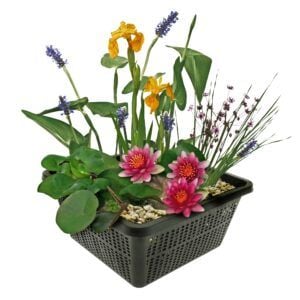

Simon van der Velde
Pond specialist and aquatic plant grower since 1986
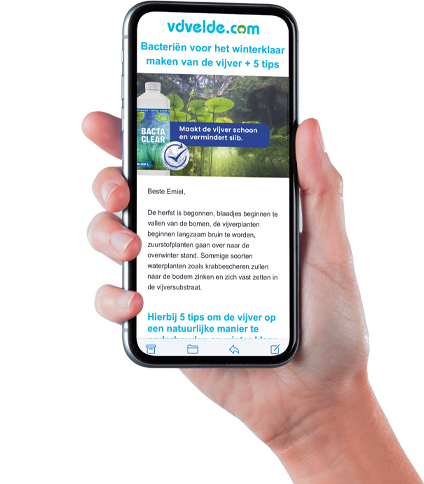
Want to receive the best pond tips all year long, complete with exclusive promotions?
Simons Pond Advice Book
- Choose your language of the book
- Complete pond handbook
- 100+ pages from construction to maintenance
Loose Oxygen Plants Set
- For 500 - 1,000 liters of water
- 16 plants
- Placement: loose in the water
BACTA CLEAR
- For 1,000 to 20,000 L
- 100% eco: clear water fast
- Safe for humans, plants & animals
White Water Lily - Nymphaea Albatross
- Large water lily
- Full-grown height: 10 cm
- Placement: -10 to -100 cm
Complete Pond Package - Small - Red
- For 100 - 500 L
- 19 plants + extras
- Placement: -1 to -100 cm
POND SUBSTRATE Pond substrate - 40 liters
- 40 L covers 1 m² ↥ 10 cm
- Heavy duty quality for the best filtration
- Extra porous: optimal plant growth
Mini Water Lily - Red - Nymphaea Pygmaea Rubra
- Small water lily
- Full-grown height: 5 cm
- Placement: -10 to -40 cm
Complete Pond Package - Medium
- For 500 - 1.500 L
- 36 plants + extras
- Placement: -1 to -100 cm
Complete Plant Filter Pond Package - M
- For 3 - 4 m²
- 84 plants
- Placement: -1 to -20 cm


